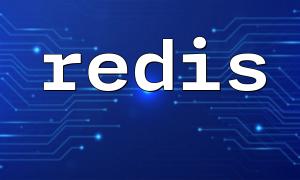In today's IoT era, programming for hardware control is becoming increasingly important. PHP, a popular server-side scripting language, is widely used for hardware control, especially for GPIO (General Purpose Input/Output). This article explores how to use PHP to control GPIO, helping developers better understand how to interact with hardware through PHP.
GPIO (General Purpose Input/Output) is a programmable interface commonly used in single-board computers and microcontrollers, such as Raspberry Pi and Arduino. GPIO pins can be configured as either inputs or outputs, allowing users to directly control electronic devices or read sensor data.
Although Python is more commonly used for GPIO control, there are several advantages to using PHP:
To control GPIO with PHP, some preparation is needed:
Start by installing WiringPi or another similar library. Here's the command to install WiringPi:
sudo apt-get install wiringpi
You can control GPIO using shell commands in PHP. For example, to set a specific pin as output and light up an LED:
// Set GPIO pin number to 4
$pin = 4;
// Set pin to output mode
exec("gpio mode $pin out");
// Turn on LED
exec("gpio write $pin 1");
// Wait for 1 second
sleep(1);
// Turn off LED
exec("gpio write $pin 0");Using PHP, you can easily implement home automation systems. For example, controlling lights through a web interface, monitoring temperature sensors, and remotely controlling appliances. All of this can be achieved through GPIO.
In data collection, GPIO can be used to read sensor data and send it to a database via PHP. This is a common use case in various applications.
In conclusion, controlling GPIO with PHP provides developers with new insights, especially in the fields of IoT and home automation. Although there is a learning curve, mastering these skills will greatly expand your development capabilities and offer innovative solutions for your projects.









